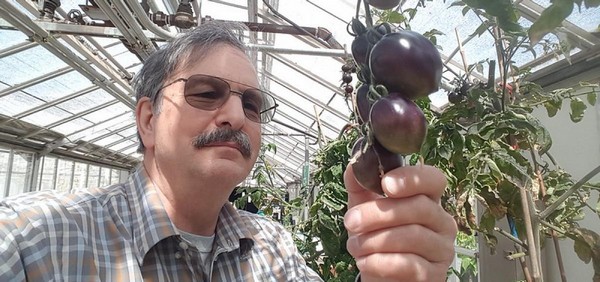#minerals #soilcomposition #greenhousecultivation #plantgrowth #geologicalfactors #watermanagement #soilfertility #additives #constructionmaterials
Explore the impact of minerals on soil composition and fertility in greenhouse cultivation, along with the development and consequences of their utilization. Learn how geological factors affect the soil inside greenhouses, plant growth, and the management of water resources. Discover how minerals and stones can enhance soil quality, serve as additives for drainage systems, and contribute to the construction of aesthetically pleasing greenhouses.
When selecting a greenhouse, one crucial aspect to consider is its location. Geomorphological formations such as hills, valleys, slopes, and river valleys can significantly influence the microclimate and conditions within the greenhouse. For instance, a greenhouse installed on a slope will receive more sunlight and warmth, which positively impacts plant growth. Understanding how geology affects the soil inside greenhouses and plant development is essential for optimal cultivation.
The geological composition of an area often influences the quality of the soil used in greenhouses. Different types of soil contain various minerals and nutrients. For example, clayey soil is rich in silica, which can be beneficial for certain plant species. When choosing a greenhouse, it is important to consider the geological characteristics of the location and the soil composition. This knowledge will contribute to the better growth and development of plants.
Geology also plays a role in water management within greenhouses. Geological formations influence underground water and drainage systems, which are vital for maintaining optimal humidity levels and preventing flooding or drought inside the greenhouse. Studying the geology of the area helps determine the best locations for drainage systems and more efficient utilization of water resources.
Minerals and stones can have a significant impact on the composition and fertility of soil in greenhouses. Some minerals contain essential nutrients that enrich the soil and provide plants with necessary elements for growth. Additionally, certain stones, such as volcanic lava or perlite, can be used as soil additives or substrates to ensure proper drainage and moisture regulation. Natural stones can also be utilized to create decorative elements like pathways, platforms, or raised beds, giving the greenhouse a natural and appealing look while harmonizing with the surrounding environment.
Construction materials for greenhouses often involve the use of specific types of minerals and stones. For instance, glass, which is made of the mineral silica, is commonly employed for constructing greenhouse walls and roofs. Its transparent properties allow sunlight to pass through, providing the necessary light for photosynthesis in plants. Stone materials such as granite or slate can also be used for creating sturdy foundations or decorative elements within the greenhouse.
The influence of minerals on soil and fertilizers in greenhouse cultivation is a critical factor to consider for successful plant growth and optimal resource management. By understanding the geological characteristics of the area, selecting appropriate minerals, and utilizing them effectively, greenhouse cultivators can create an environment conducive to plant development and enhance the overall productivity of their cultivation efforts.











